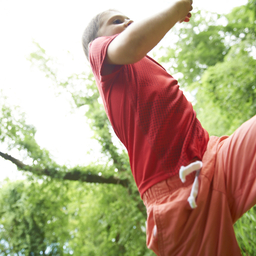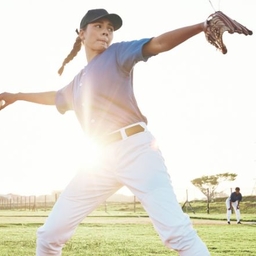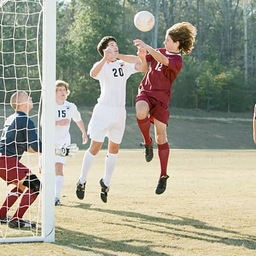
Should Parents Let Their Child Play Football? Weighing the Pros and Cons
Mar 21, 2024
A CHOP sports medicine specialist answers common questions about football and the risk of injuries to help you make the best decision for your child.
Our team includes board-certified orthopedic surgeons and sports medicine physicians, physical therapists, athletic trainers and nutritionists, as well as advanced practice nurses and physician assistants. We offer complete and individualized care for your young athlete.

Mar 21, 2024
A CHOP sports medicine specialist answers common questions about football and the risk of injuries to help you make the best decision for your child.

Mar 14, 2024
Naomi Brown, MD, details the causes of shin splints in young athletes, best treatments and how to prevent the overuse injury.
Mar 7, 2024
Pre-existing mental health diagnoses associated with longer recovery times and greater emotional burden after concussion, affecting boys with prolonged recovery at a higher rate than girls.

Feb 6, 2024
Meet Joseph L. Yellin, MD, an attending pediatric orthopaedic surgeon in the Division of Orthopaedics and Sports Medicine and Performance Center at CHOP.

Oct 21, 2024
With the fields empty and the weather cooling, young athletes can start to make the most of their offseason to grow and develop their skills beyond the diamond.
Oct 23, 2023
CHOP researchers found children who take only ibuprofen or acetaminophen after routine elbow surgery report similar pain control to patients who take opioids.
Sep 20, 2023
Female athletes also had more severe symptoms associated with these injuries.
Nov 16, 2022
Meet Kathleen J. Maguire, MD, an attending pediatric orthopaedic surgeon in the Division of Orthopaedics and Sports Medicine and Performance Center at CHOP.
Sep 19, 2022
Meet Brendan A. Williams, MD, an attending pediatric orthopaedic surgeon in the Division of Orthopaedics and Sports Medicine and Performance Center at CHOP.

Aug 18, 2025
The fall sports season is ramping up. Follow these simple tips to keep yourself in the game, injury-free.